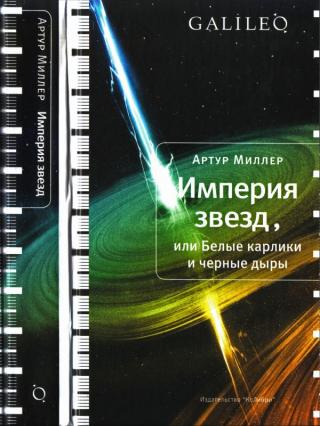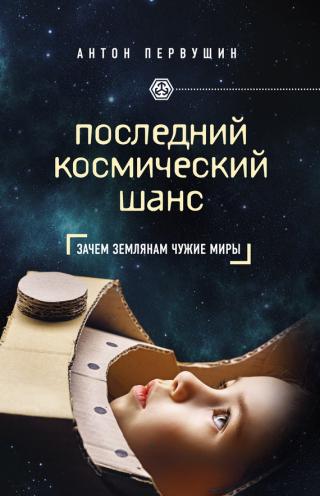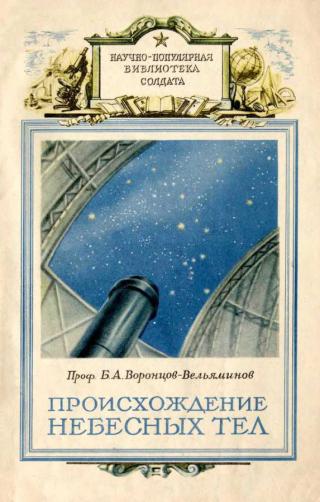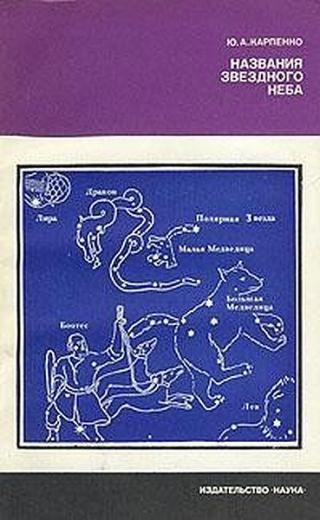
Аннотация
"Deflection of light by gravity was predicted by General Relativity and observa-
tionaly confirmed in 1919. In the following decades various aspects of the gravita-
tional lens effect were explored theoretically, among them the possibility of multiple
or ring-like images of background sources, the use of lensing as a gravitational tele-
scope on very faint and distant objects, and the possibility to determine Hubble’s
constant with lensing. Only relatively recently gravitational lensing became an ob-
servational science after the discovery of the first doubly imaged quasar in 1979.
Today lensing is a booming part of astrophysics.
In addition to multiply-imaged quasars, a number of other aspects of lensing
have been discovered since, e.g. giant luminous arcs, quasar microlensing, Einstein
rings, galactic microlensing events, arclets, or weak gravitational lensing. By now
literally hundreds of individual gravitational lens phenomena are known.
Although still in its childhood, lensing has established itself as a very useful
astrophysical tool with some remarkable successes. It has contributed significant
new results in areas as different as the cosmological distance scale, the large scale
matter distribution in the universe, mass and mass distribution of galaxy clusters,
physics of quasars, dark matter in galaxy halos, or galaxy structure. Looking at
these successes in the recent past we predict an even more luminous future for
gravitational lensing."





Комментарии к книге "Gravitational Lensing in Astronomy"